
VERSIÓN ESPAÑOL:
¿Cómo va la gente de Blurt?
Les aúllo el chisme por el que seguro vienen a leer a mi cueva de meditación:
Londres es una ciudad de historias tejidas en piedra, agua y humo. Caminar por sus calles es recorrer siglos de acontecimientos que la han moldeado, desde un remoto asentamiento romano hasta la metrópoli vibrante que es hoy.
Todo comenzó con los romanos en el año 43 d.C., cuando fundaron Londinium a orillas del Támesis. Eligieron el lugar estratégicamente, justo donde el río era lo suficientemente estrecho para construir un puente y permitir el comercio. Con murallas, baños y anfiteatros, la ciudad prosperó como un centro comercial clave en la provincia de Britania. Pero no tardaron en llegar los problemas. En el año 60 d.C., la rebelión de la reina celta Boudica arrasó la ciudad en un fuego furioso. Aun así, los romanos la reconstruyeron con más fuerza, asegurando su posición como eje de la isla.
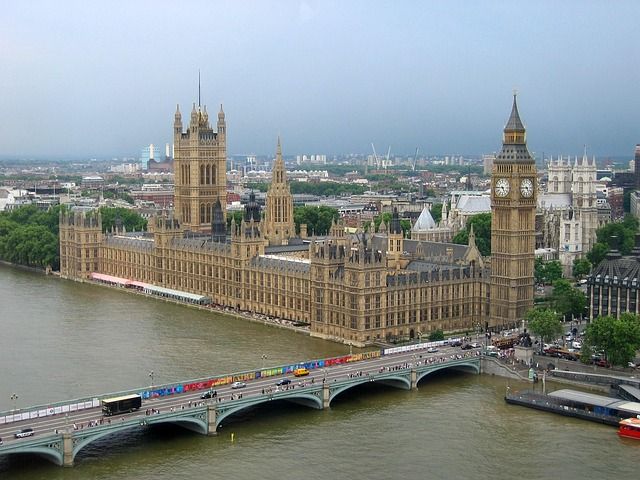
Tras la retirada romana en el siglo V, la ciudad decayó. Los anglosajones la abandonaron en gran parte, dejando el viejo Londinium a la vegetación y los saqueadores. Un nuevo asentamiento surgió al oeste, en lo que hoy es la City de Londres. Con los siglos, vikingos y normandos dejaron su huella. Guillermo el Conquistador llegó en 1066 y ordenó la construcción de la Torre de Londres para imponer su dominio.
Con el tiempo, Londres se convirtió en el corazón del Reino de Inglaterra. Durante la Edad Media, su comercio floreció y sus calles se llenaron de gremios, mercados y tabernas. El Támesis se convirtió en la arteria vital de la ciudad. En el siglo XVI, con la llegada de los Tudor, la ciudad comenzó a expandirse fuera de sus viejas murallas. Bajo el reinado de Isabel I, Londres era un hervidero de comercio, teatro y cultura: la época de Shakespeare, de los corsarios y de los exploradores.
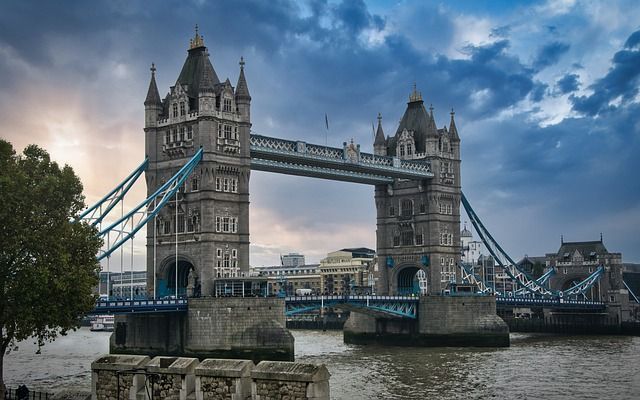
La ciudad creció descontroladamente en los siglos siguientes. Sobrevivió la Gran Peste en 1665 y el Gran Incendio en 1666, eventos que la transformaron. El incendio destruyó gran parte del casco antiguo, dando paso a una reconstrucción con edificaciones de ladrillo y la emblemática cúpula de la Catedral de San Pablo, diseñada por Christopher Wren.
El Londres de hoy es un crisol de épocas. Se pueden recorrer las callejuelas medievales en la City, admirar las huellas victorianas en Westminster o sentir la modernidad en los rascacielos de Canary Wharf. La ciudad sigue siendo ese punto de encuentro de culturas y generaciones, donde el pasado y el futuro conviven en un equilibrio que parece caótico pero siempre fascinante.

Londres tiene una forma única de atrapar a quienes la visitan. No es solo su historia, que se siente en cada rincón, sino la manera en que logra mezclar tradición y modernidad sin esfuerzo. Es una ciudad que se reinventa constantemente y, al mismo tiempo, conserva con orgullo su pasado.
El turismo en Londres no es solo cuestión de monumentos. Claro, nadie se marcha sin ver el Big Ben, el Palacio de Buckingham o la Torre de Londres, pero lo que realmente la hace especial es la sensación de estar en el corazón de algo más grande. Cada barrio tiene su propia personalidad: el refinamiento clásico de Kensington, el ambiente bohemio de Camden, la elegancia atemporal de Mayfair o la energía multicultural de Brixton.

El Támesis es su columna vertebral, con puentes icónicos como el Tower Bridge y el Millenium Bridge, que conectan historia y vanguardia. A lo largo del río, la ciudad se despliega en capas de arquitectura y cultura, desde el imponente Parlamento hasta la futurista noria del London Eye. Y si de cultura se trata, pocos lugares pueden igualar a Londres. Museos como el British Museum, la National Gallery o el Tate Modern ofrecen colecciones inigualables, muchas de ellas de acceso gratuito.
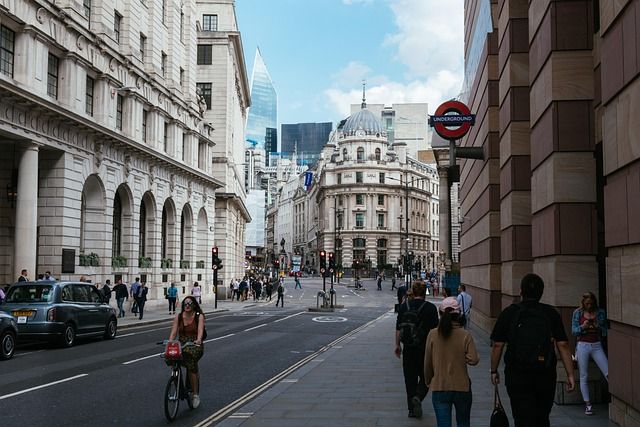
Pero Londres no es solo historia y arte. Es una capital viva, en constante movimiento. Los mercados callejeros, como Borough Market para los amantes de la gastronomía o Portobello Road para los cazadores de antigüedades, son experiencias en sí mismas. Las calles comerciales de Oxford Street y Regent Street vibran con el ir y venir de los compradores, mientras que en Soho y Shoreditch la escena gastronómica y nocturna es de las más dinámicas del mundo.
Y luego está el espectáculo. Londres es sinónimo de teatro. El West End rivaliza con Broadway, ofreciendo desde clásicos de Shakespeare en el Globe Theatre hasta los musicales más innovadores. Hay algo mágico en salir de una función nocturna y caminar por las calles iluminadas, sintiendo la ciudad latir a su propio ritmo.
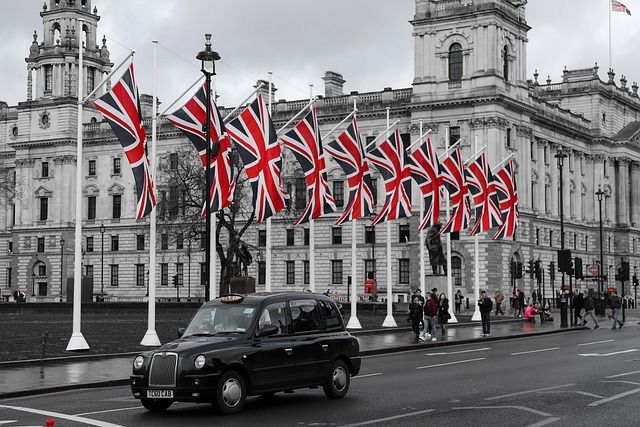
Cada visita a Londres puede ser distinta. Para algunos, es un viaje a la historia, para otros, una experiencia cultural o un recorrido gastronómico. Es el tipo de lugar donde siempre hay algo nuevo por descubrir, un rincón escondido, una cafetería acogedora, una vista inesperada desde lo alto de un edificio o una calle que cuenta una historia que pocos han escuchado. Londres no es solo un destino turístico; es una experiencia que deja huella.
Londres es una ciudad que abraza el mundo entero en su gastronomía. No tiene una sola identidad culinaria, sino una mezcla de influencias que reflejan su historia y diversidad. Caminar por sus calles es encontrarse con olores y sabores que van desde lo más clásico británico hasta lo más exótico traído de todas partes del mundo.

Para quienes buscan probar la esencia de la cocina local, el fish and chips es el punto de partida. Un filete de pescado crujiente, generalmente bacalao o eglefino, acompañado de papas fritas gruesas y servidas con guisantes blandos y salsa tártara. Es un plato sencillo, pero con el sabor inconfundible del mar y la tradición. Lo ideal es comerlo en un puesto callejero cerca del río o en un pub clásico.
Los full English breakfast son otra parada obligada, especialmente para quienes necesitan energía para un día de turismo. Huevos fritos, salchichas, bacon, tomate asado, champiñones, pan tostado y el infame black pudding (morcilla). Se sirve con té o café y es una experiencia en sí misma. Perfecto para una mañana fría de invierno.

Si hay algo que representa la elegancia londinense, es el afternoon tea. Pequeños sándwiches de pepino o salmón ahumado, scones con clotted cream y mermelada, y una variedad de pasteles y tartas, todo acompañado de té servido en porcelana. Puede disfrutarse en los grandes hoteles como The Ritz o en salones de té más discretos, pero igual de encantadores.
Para los días fríos, nada como un Sunday roast, un asado tradicional británico que se sirve los domingos en los pubs. Carne de res, cordero o pollo, acompañado de verduras asadas, puré de papas, gravy y el famoso Yorkshire pudding, una especie de pan hueco y crujiente que es ideal para absorber la salsa. Es un plato reconfortante y una costumbre que los londinenses mantienen con orgullo.
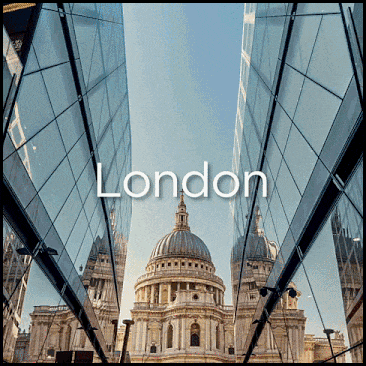
Pero Londres no sería Londres sin sus influencias internacionales. La comida india, por ejemplo, es casi un plato nacional. El chicken tikka masala, aunque de origen indio, nació en el Reino Unido y se ha convertido en uno de los platos más populares del país. Los mejores lugares para probarlo están en Brick Lane, donde los restaurantes de curry compiten por ofrecer el mejor sabor.
Para quienes buscan algo más informal, los mercados de comida callejera son una mina de oro. En Borough Market se pueden encontrar delicias británicas y de todas partes del mundo, desde empanadas hasta ostras frescas. En Camden Market, la oferta es aún más ecléctica, con opciones veganas, asiáticas y latinoamericanas que reflejan el alma multicultural de la ciudad.
Londres es una ciudad que se come a bocados, desde lo más tradicional hasta lo más innovador. Aquí, cada plato cuenta una historia y cada comida es una oportunidad para descubrir algo nuevo.
Ya los leo más tarde.
Chau.
ENGLISH VERSION:
How's it going, Blurt folks?
I am telling you the gossip that you are surely coming to read in my meditation cave:
London is a city of stories woven in stone, water, and smoke. Walking through its streets is like traversing centuries of events that have shaped it, from a remote Roman settlement to the vibrant metropolis it is today.
It all began with the Romans in 43 AD, when they founded Londinium on the banks of the Thames. They chose the location strategically, just where the river was narrow enough to build a bridge and allow trade. With walls, baths, and amphitheaters, the city prospered as a key trading center in the province of Britannia. But trouble soon followed. In 60 AD, the rebellion of the Celtic queen Boudicca razed the city to the ground in a raging fire. Even so, the Romans rebuilt it stronger, securing its position as the linchpin of the island.

After the Roman withdrawal in the 5th century, the city declined. The Anglo-Saxons largely abandoned it, leaving old Londinium to vegetation and looters. A new settlement sprang up to the west, in what is now the City of London. Over the centuries, Vikings and Normans left their mark. William the Conqueror arrived in 1066 and ordered the construction of the Tower of London to impose his rule.
Over time, London became the heart of the Kingdom of England. During the Middle Ages, its trade flourished, and its streets were filled with guilds, markets, and taverns. The Thames became the city's lifeblood. In the 16th century, with the arrival of the Tudors, the city began to expand beyond its old walls. Under the reign of Elizabeth I, London was a hotbed of commerce, theater, and culture: the age of Shakespeare, privateers, and explorers.

The city grew uncontrollably in the following centuries. It survived the Great Plague in 1665 and the Great Fire in 1666, events that transformed it. The fire destroyed much of the Old Town, giving way to a reconstruction with brick buildings and the iconic dome of St. Paul's Cathedral, designed by Christopher Wren.
Today's London is a melting pot of eras. You can wander the medieval alleyways in the City, admire Victorian traces in Westminster, or experience modernity in the skyscrapers of Canary Wharf. The city remains a meeting point of cultures and generations, where past and future coexist in a balance that seems chaotic but always fascinating.

London has a unique way of captivating visitors. It's not just its history, which is felt in every corner, but the way it manages to effortlessly blend tradition and modernity. It's a city that constantly reinvents itself while proudly preserving its past.
Sightseeing in London isn't just about monuments. Sure, no one leaves without seeing Big Ben, Buckingham Palace, or the Tower of London, but what truly makes it special is the feeling of being at the heart of something bigger. Each neighborhood has its own unique personality: the classic refinement of Kensington, the bohemian vibe of Camden, the timeless elegance of Mayfair, or the multicultural energy of Brixton.

The Thames is its backbone, with iconic bridges like Tower Bridge and the Millennium Bridge, connecting history and the avant-garde. Along the river, the city unfolds in layers of architecture and culture, from the imposing Houses of Parliament to the futuristic London Eye. And when it comes to culture, few places can match London. Museums like the British Museum, the National Gallery, and the Tate Modern offer unparalleled collections, many of them free to visit.

But London isn't just history and art. It's a living capital, constantly on the move. Street markets, like Borough Market for foodies or Portobello Road for antique hunters, are experiences in themselves. The shopping streets of Oxford Street and Regent Street buzz with the comings and goings of shoppers, while in Soho and Shoreditch the food and nightlife scenes are among the most dynamic in the world.
And then there's the show. London is synonymous with theater. The West End rivals Broadway, offering everything from Shakespearean classics at the Globe Theatre to the most innovative musicals. There's something magical about leaving a nighttime performance and walking the illuminated streets, feeling the city beat to its own rhythm.

Every visit to London can be different. For some, it's a journey into history, for others, a cultural experience or a food tour. It's the kind of place where there's always something new to discover: a hidden corner, a cozy café, an unexpected view from the top of a building, or a street that tells a story few have heard. London isn't just a tourist destination; it's an experience that leaves a lasting impression.
London is a city that embraces the entire world in its gastronomy. It doesn't have a single culinary identity, but rather a blend of influences that reflect its history and diversity. Walking through its streets is like encountering smells and flavors ranging from the most classic British to the most exotic, brought in from all over the world.

For those looking to experience the essence of the local cuisine, fish and chips is the place to start. A crispy fish fillet, usually cod or haddock, is accompanied by thick chips and served with mushy peas and tartar sauce. It's a simple dish, but with the unmistakable taste of the sea and tradition. It's ideal to eat it at a street stall near the river or in a classic pub.
Full English breakfasts are another must-try, especially for those needing energy for a day of sightseeing. Fried eggs, sausages, bacon, roasted tomato, mushrooms, toast, and the infamous black pudding. Served with tea or coffee, it's an experience in itself. Perfect for a cold winter morning.

If there's one thing that epitomizes London elegance, it's afternoon tea. Small cucumber or smoked salmon sandwiches, scones with clotted cream and jam, and a variety of cakes and tarts, all accompanied by tea served in china. It can be enjoyed in grand hotels like The Ritz or in more discreet, but equally charming, tea rooms.
For cold days, nothing beats a Sunday roast, a traditional British roast served on Sundays in pubs. Beef, lamb, or chicken, accompanied by roasted vegetables, mashed potatoes, gravy, and the famous Yorkshire pudding, a kind of hollow, crusty bread that's ideal for soaking up the sauce. It's a comforting dish and a custom Londoners maintain with pride.

But London wouldn't be London without its international influences. Indian food, for example, is practically a national dish. Chicken tikka masala, although of Indian origin, originated in the United Kingdom and has become one of the country's most popular dishes. The best places to try it are on Brick Lane, where curry restaurants compete to offer the best flavor.
For those looking for something more casual, street food markets are a gold mine. At Borough Market, you can find British and international delicacies, from empanadas to fresh oysters. At Camden Market, the offering is even more eclectic, with vegan, Asian, and Latin American options that reflect the city's multicultural soul.
London is a city of bite-sized meals, from the most traditional to the most innovative. Here, every dish tells a story, and every meal is an opportunity to discover something new.

Hello @paulindstrom! 🎉
Congratulations! Your post has caught the attention of the curator @baiboua from the Blurt LifeStyle community and has received our support. 🌟
We appreciate your contribution to the community and look forward to seeing more of your amazing content! Keep sharing your experiences and inspiring others. 🚀✨